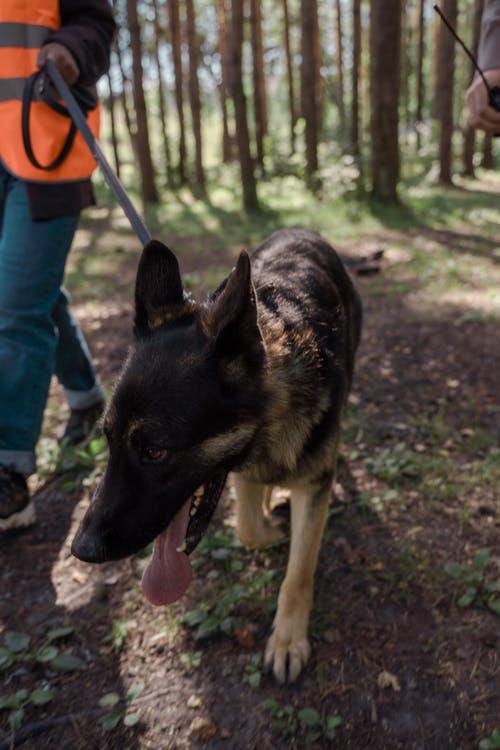Please create a free account, or login by clicking here.
Petland Merrillville, IN
August 8, 2022
When we think of a working dog, we may envision a dog in the 1800s pulling a cart or herding sheep. Images of a Dalmatian sitting in the back of a firetruck may also cross our minds. Below are some of the more common yet impressive jobs our pups do to keep us safe.
Most Common Types of Jobs
Police Dogs / K9 Units: For generations, man’s best friend was sworn to protect and serve. Police dogs, also known as K9 units, do just that. A typical day in the shoes of a police dog consists of detecting the scents of illegal narcotics and dangerous explosives and tracking a burglar who just fled from a home. These pups are generally physically dominant and intelligent enough to train for many different stressful and demanding situations. The average career of a police dog is seven to nine years.
Cadaver Dogs: Cadaver dogs are specially trained and certified to detect one smell in particular, human decomposition. Human-remain detection dogs are used in almost every country in the world on different types of recovery missions. Cadaver dogs can be used in general remains searches after natural disasters, such as hurricanes, earthquakes, and tornados. These highly skillful dogs are deployed after disaster strikes, and human life has been taken.

Search and Rescue Dogs: Search and rescue dogs are crucial in locating missing people. These highly trained dogs are capable of tracking the scent of a human for many miles. They are credited with tens of thousands of human saves throughout their existence. The dog does not actually follow the person they are looking for, but the physical scent the person leaves behind. A dog’s nose has over 200 million scent receptors in it, making them the perfect candidate for tracking a scent. As the scent enters their nose, special receptors read the scent, which allows the dog to identify what he or she is smelling. The dog’s ears are also very important in scent detection and help to circulate the air/scent from the ground to their nose.
Explosive Detection Dogs: Explosive detection dogs have one job. To detect the presence of explosive material. You will find many of these dogs in areas that accommodate a lot of people. Hotels, subways, airports, sports stadiums, outdoor marathons, etc. When one of these dogs locates the scent of an explosive device, he will stop in front of where the scent is coming from and alert his handler. These dogs are credited with preventing many large-scale casualty incidents, many thanks to their incredible noses!
Medical Dogs: Yes, you read that right. A medical dog. In the spring of 2020, the Working Dog Center at UPenn’s School of Veterinary Medicine started training Labrador Retrievers to sniff out COVID-19. In the past, dogs have also been trained to smell various other diseases and medical conditions in humans, such as cancer and even Clostridium difficile (C. diff), a dangerous bacterium that is transmitted through feces.
Truffles grow underground near specific types of trees, and for centuries pigs were used for hunting these special delicacies. These treats are sought after but not easily found. The most suitable truffle hunting dogs are the Pointer, Lagotto Romagnolo, Spinon, Hound, and Jack Russel Terrier.
What Makes a Good Working Dog? A good working dog needs to be both smart and dedicated. They need to be able to focus on what their job is without becoming distracted. Not every working dog needs to be physically dominant. A good working dog does not just train with ease but has the ability to enter “work mode” on command. Working dogs have served humanity very well over history and have become a vital part of our day-to-day living.